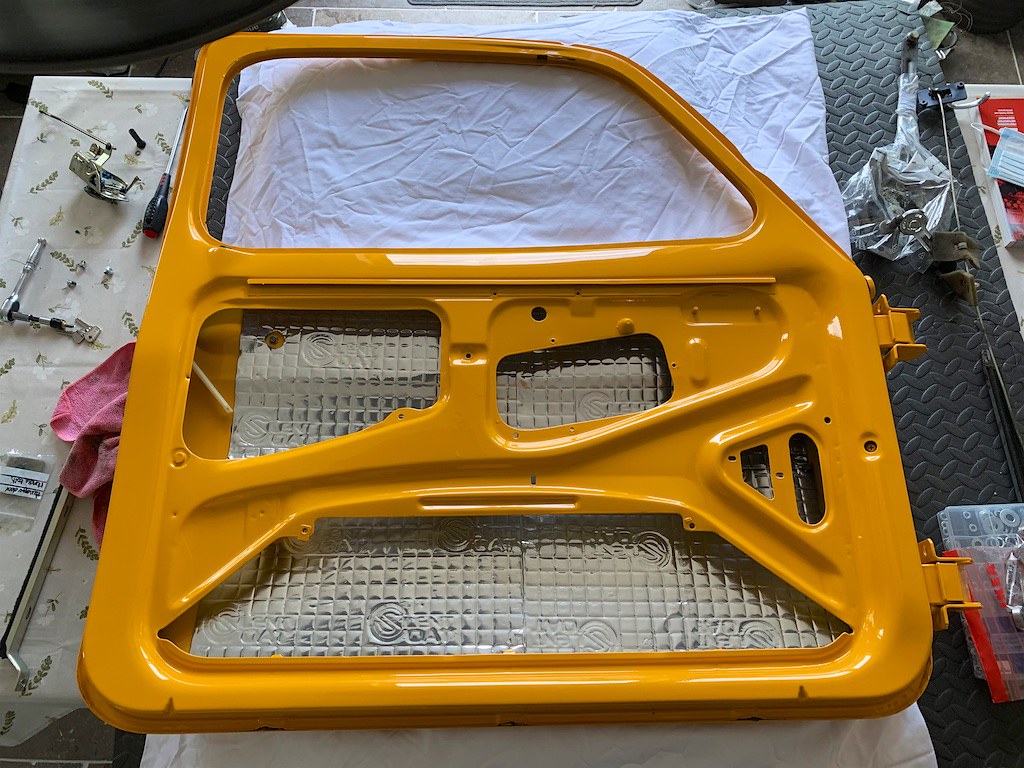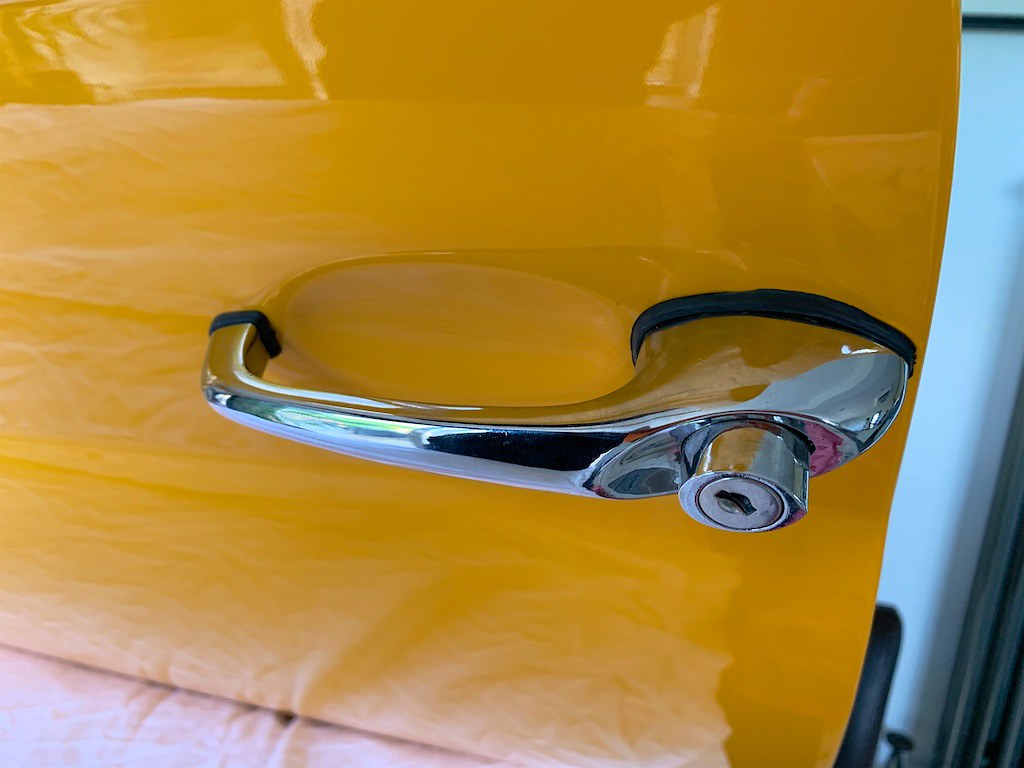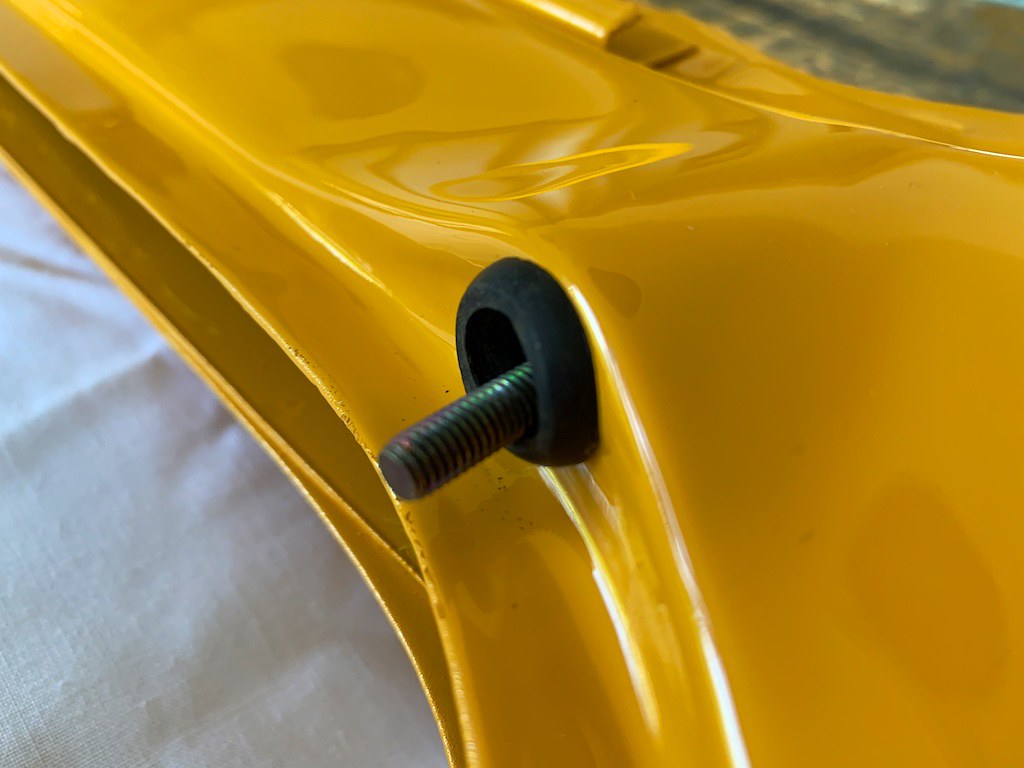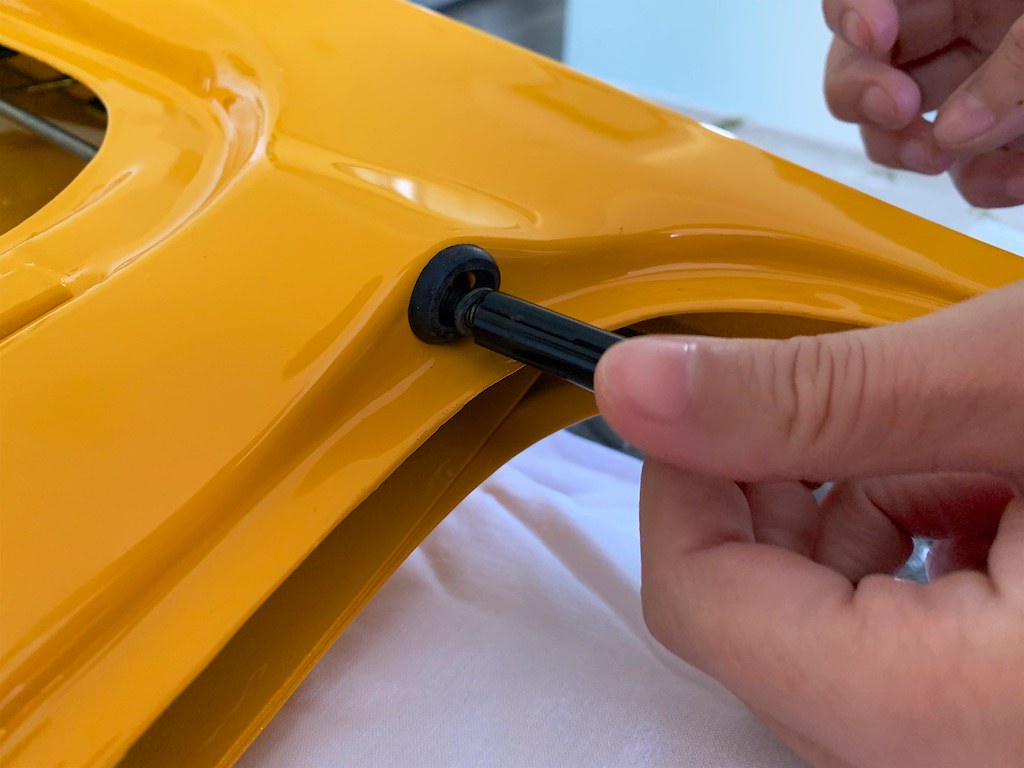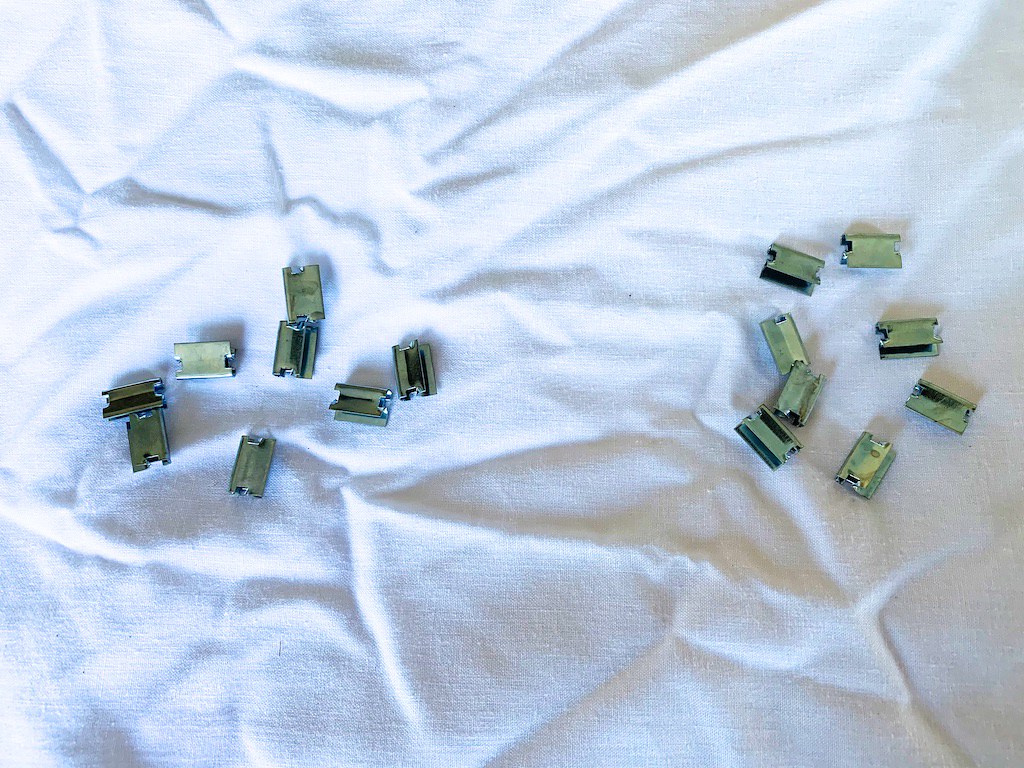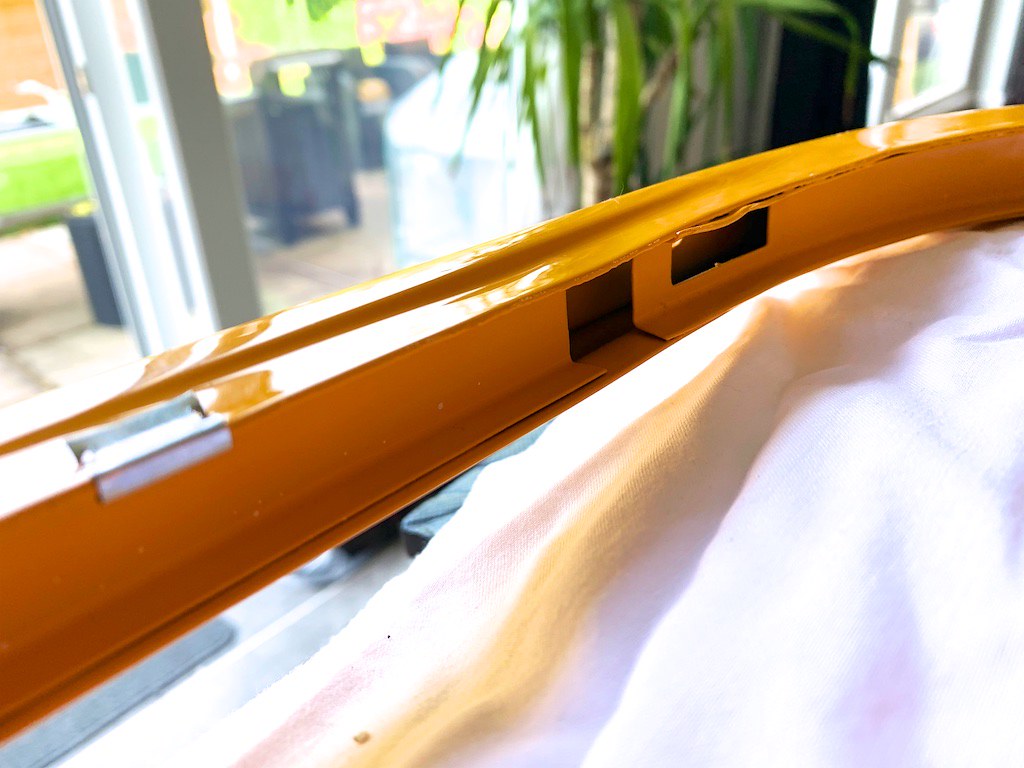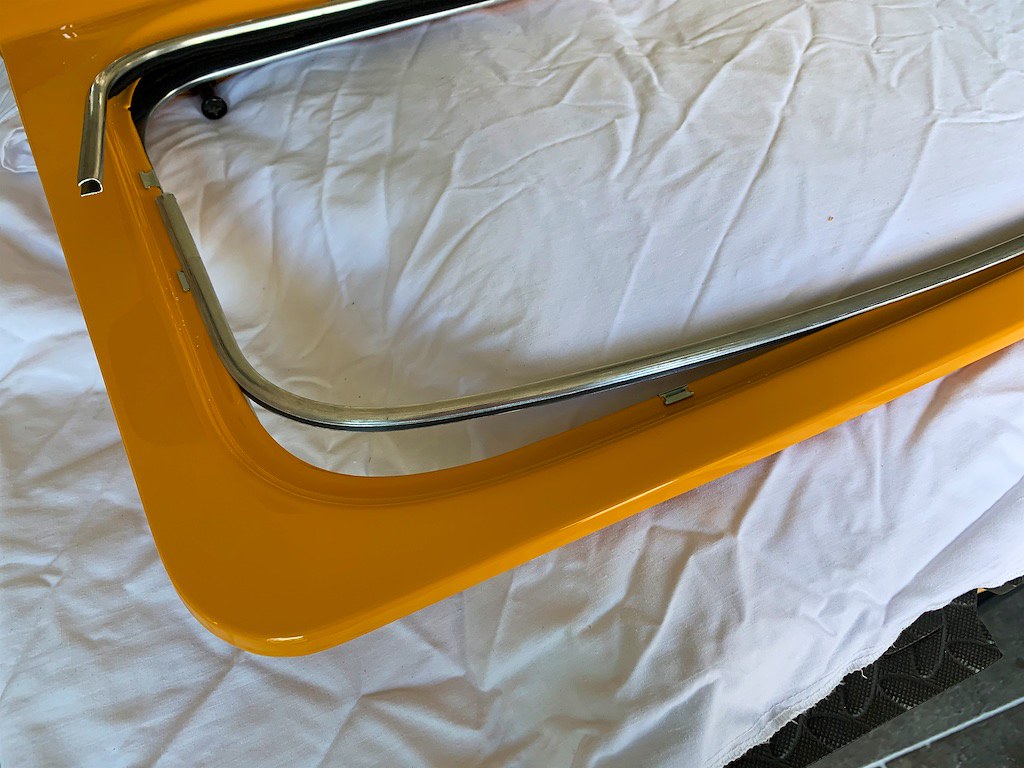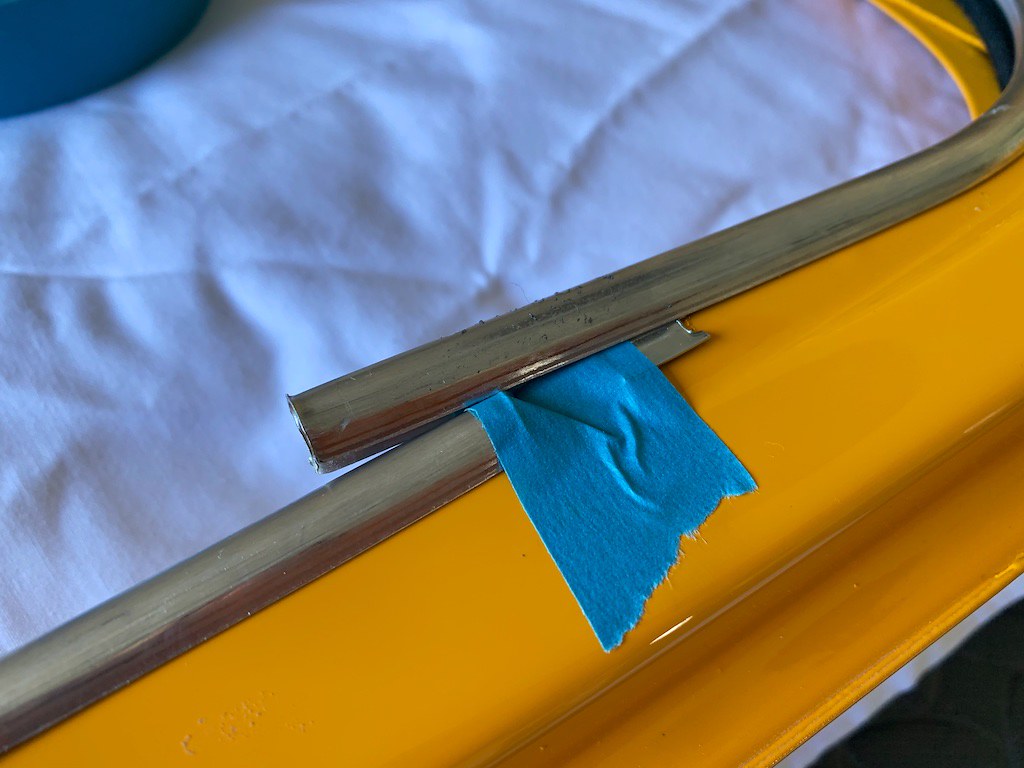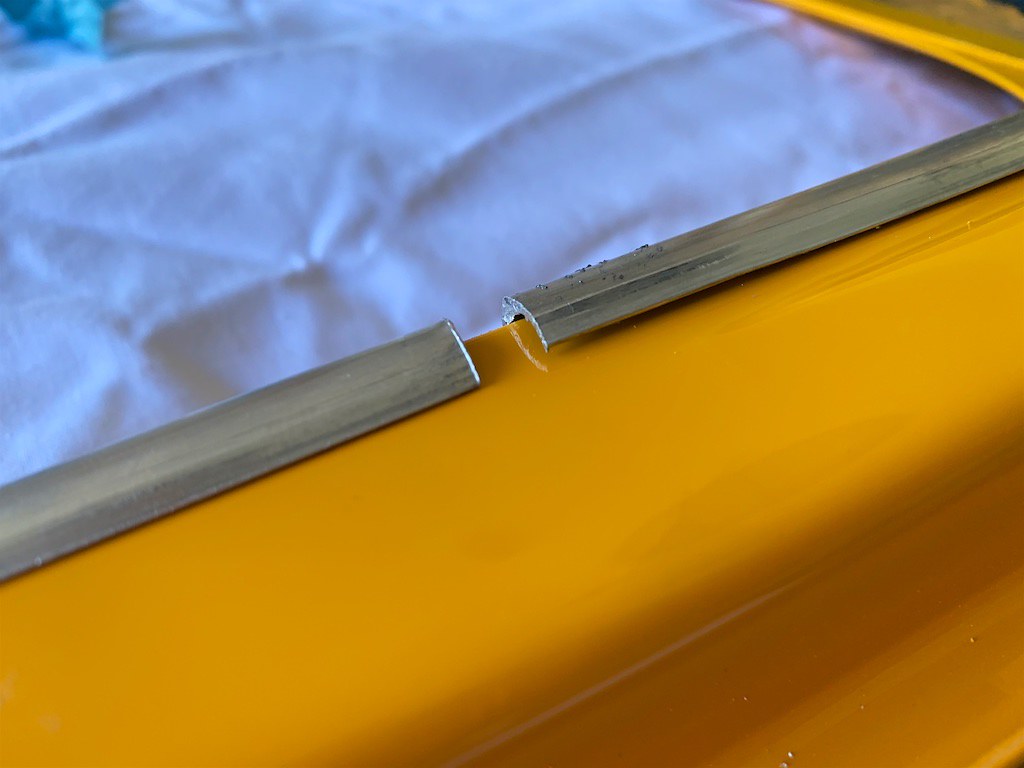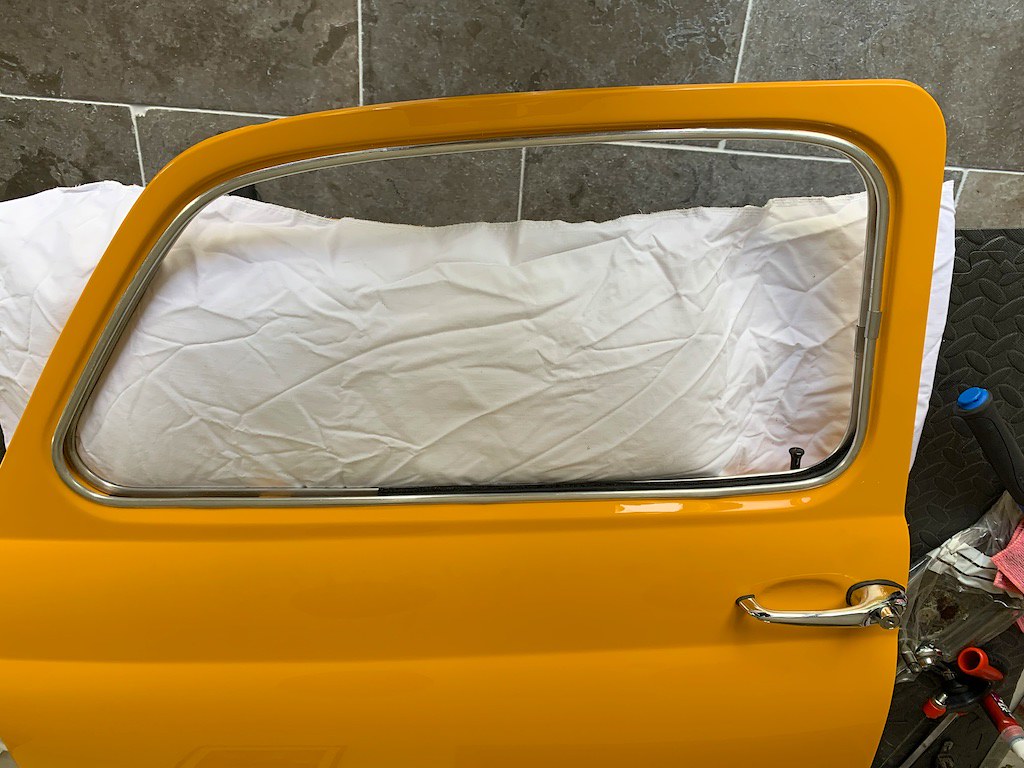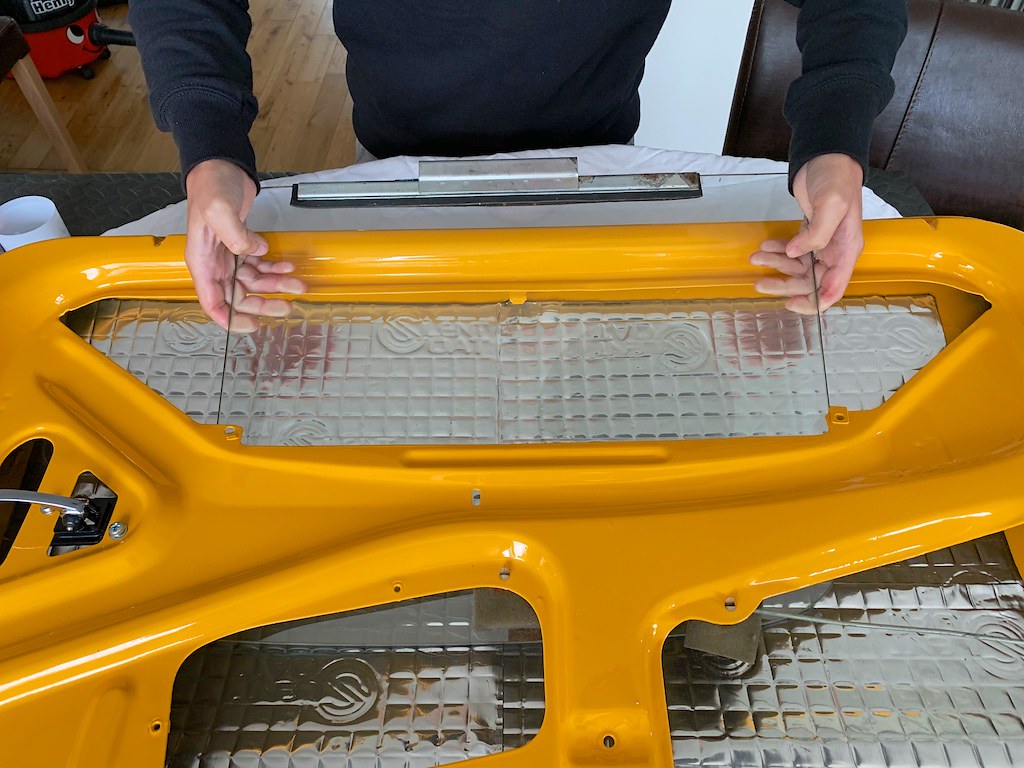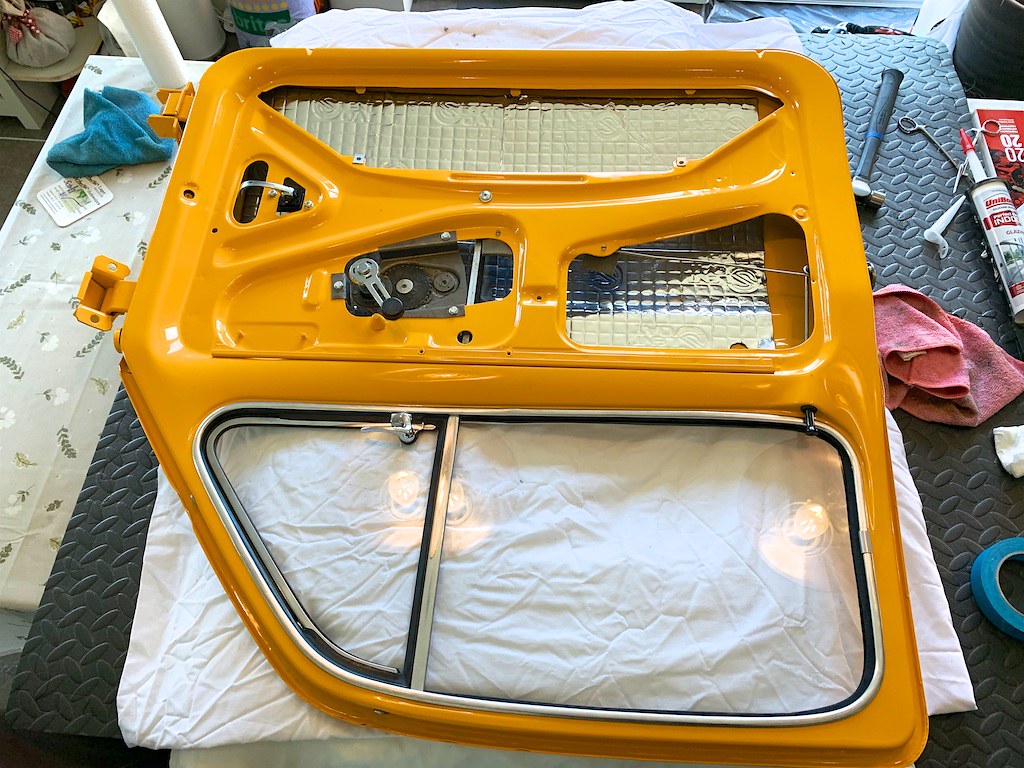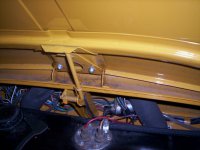Hi all,
We recently rebuilt the doors on our little fiat, and as I had the opportunity, and I couldn't find a comprehensive guide online, I thought it would be good to put together a comprehensive photographic guide on how to reassemble the doors on a Fiat 500 L. This guide might be a bit simplistic for those more familiar with the 500, but for any newbies I hope this is useful and helps them avoid the pain that we had to go through!
Step 1.
Collect all your parts and tools. I used a multicompartment box with labels to make sure I had all the bolts, washers etc. in one place with the minimum of faffing about. You’ll also need your door keys.
Tools required are:
Ratchet wrench + ratchet extension
8mm ratchet (for the door handle bolts/window regulator)
PH2 screwdriver or bit (for the door lock/latch, door guides, quarterlight fittings)
Pliers (for the plastic door lock connector)
Some beer mats (yes, really)
Plastic faced mallet
Hacksaw
Waterproof grease
Loctite 243 or similar
Tube of adhesive or sealant such as silicone + caulking gun
Biscuits
Step 2.
Make a mug of tea: this is essential to a successful door reassembly! Extra points if you have it in a car themed mug.
Step 3.
You’re going to need a large work area for the door. You have the option to fit them to the car, but I think it’s much easier on your back if you can put the door on a table. The doors are relatively heavy, and the door skin thin and fragile, so I used some foam tiles, old pillows and a blanket to help support the weight and protect the paint/door skin.
Step 4.
Fit the plastic rod (the one that connects the exterior handle to the latch, reason for this will be clear later) to the exterior door handle, and thread the mechanism through the hole in the door from the outside. Use an 8mm socket and some loctite on the bolts. Don’t forget the washers and the rubber pads that go on the back of the handle.
Step 5.
Fit the rubber grommet that goes around the hole for the interior lock at the top of the door.
Step 6.
Offer up the latch mechanism by passing it through the door from the inside whilst also threading the interior door lock mechanism up through the hole at the top of the door. If the latch is locked use your keys to unlock it now.
Step 7.
Assuming your interior handle is already attached to the relay rod, thread the interior door handle into the door by passing it through the hole in the door from the inside, and threading the relay rod across the door towards the latch. Pass the kinked end of the rod through the receiver on the door latch. This is MUCH easier to do when the latch is unattached and floating in space. Clip the relay rod into the 2 holes on the door, don’t forget the little foam anti-rattle pads.
Step 8.
Use 3 conical screws and serrated washers with loctite to secure the door latch mechanism.
Step 9.
Fit the plastic rod to the door latch with pliers. It's easier this way around because there is better access to this end of the rod.
Step 10.
Fit the plastic golf-tee to the interior door lock.
Step 11.
Fix the interior handle. The plastic plate goes behind the metal part of the door. The threads are only in plastic, so be careful how tight you go. If they are threaded (one of mine was) you can use a longer bolt with a washer and a nut on the back.
Step 12.
Test the lock mechanism for correct function. Stand back and scoff at how easy that was. Realise the hard bit is yet to come. Drink tea and stare into the middle distance whilst questioning your life decisions.
Step 13.
Make more tea, get biscuits: This is the tricky part.
Step 14.
Fit the window surrounds and trim clips. I show here the approximate location of the clips that worked for me, I used 6 per side.
The important bit is not to put the clips right where the reinforced (double skinned) parts are for the quarterlight.
I used a small plastic faced hammer to tap the clips on, this seemed to avoid damaging the paint. You can also see the clips are asymmetric, the longer tail of the clip goes inside the door.
I started the trims in the front corner of the window. Once the trim is on it won't be coming off without being damaged, so luckily it’s easy to fit and snaps into place.
Continue around the window and pull them into place, being careful not to kink the trim at you go
The trims need...trimming to fit properly. I used some tape to protect the overlapping trim and a hacksaw to trim it without distortion.
Note: The trim sections that cover the join are also asymmetrical and need to have the flat side facing the inner door.
Step 15.
The quarterlights...this is the fun part. It helps to have two people here, or 3 hands, as you need to fit the glass and guide it into the channel on the quarterlight whilst simultaneously feeding the quarterlight itself into the door.
1st, make sure to grease the runner on the window guide for the regulator, then, insert the glass into the bottom of the door, feeding it around the metal stop bracket.
Be careful here, the inside edges of the door are sharp and can scratch the glass, we used a rag to protect the glass. The space you have is restricted by the support for the quarterlight.
Once the glass is in, use some beer mats to open up the slot between the front and rear skins of the door, you need to get it wide enough to get the guide on the quarterlight into the frame.
Shown here is the orientation you need to have both the quarterlight and window glass in to get the to drop into the door. The top of the quarterlight needs to be fed in over the inside edge of the door frame as marked in the picture and lowered in parallel to the window guide, you can use some tape to protect the paint. Once in this position they should slide in together with plenty of room, and the glass should then be free to move again once it’s no longer being impinged upon by the quarterlight.
At this point you can remove the beer mats and things should slide in freely
Step 16.
Now fit the lock side guide, this has to be passed over the latch mechanism but you can rotate the glass out of the way.
Step 17.
Fit the window regulator by threading it down below the glass, it’s a tight fit. Press the conical part into the guide on the glass by holding the sprung mechanism open and sliding it into the channel so it’s captive. You might need to use the winder handle to move the regulator to a more convenient angle.
Step 18.
Now with the glass pushed over and into the lock side guide and essentially where it will be once all the guides are in place, you can fit the middle guide. There is a small tab on the end that pushes into a receptor on the bottom of the runner on the quarterlight. It’s a little fiddly to thread this piece into the door, it’s getting pretty crowded by this point.
Step 19.
If you didn’t fit the winder handle to move the regulator, fit it now. Make sure the window is wound all the way down, and measure then cut your door frame channel seal to fit, making sure it goes down into the door on the welded in part of the guide channel.
Step 20.
Apply a thin bead of adhesive to the window channel with a caulking gun, I used silicone window sealant. It only holds the seal in so you don’t need to go crazy with Sikaflex or similar. Once you have a thin bead, insert the seal making sure it’s pressed home all the way around the door, you can gently tap it with a mallet if needed. Then wind the window up all the way and leave it to set overnight.
Job done!
I hope that’s a useful guide, if anything is not clear, please let me know.



